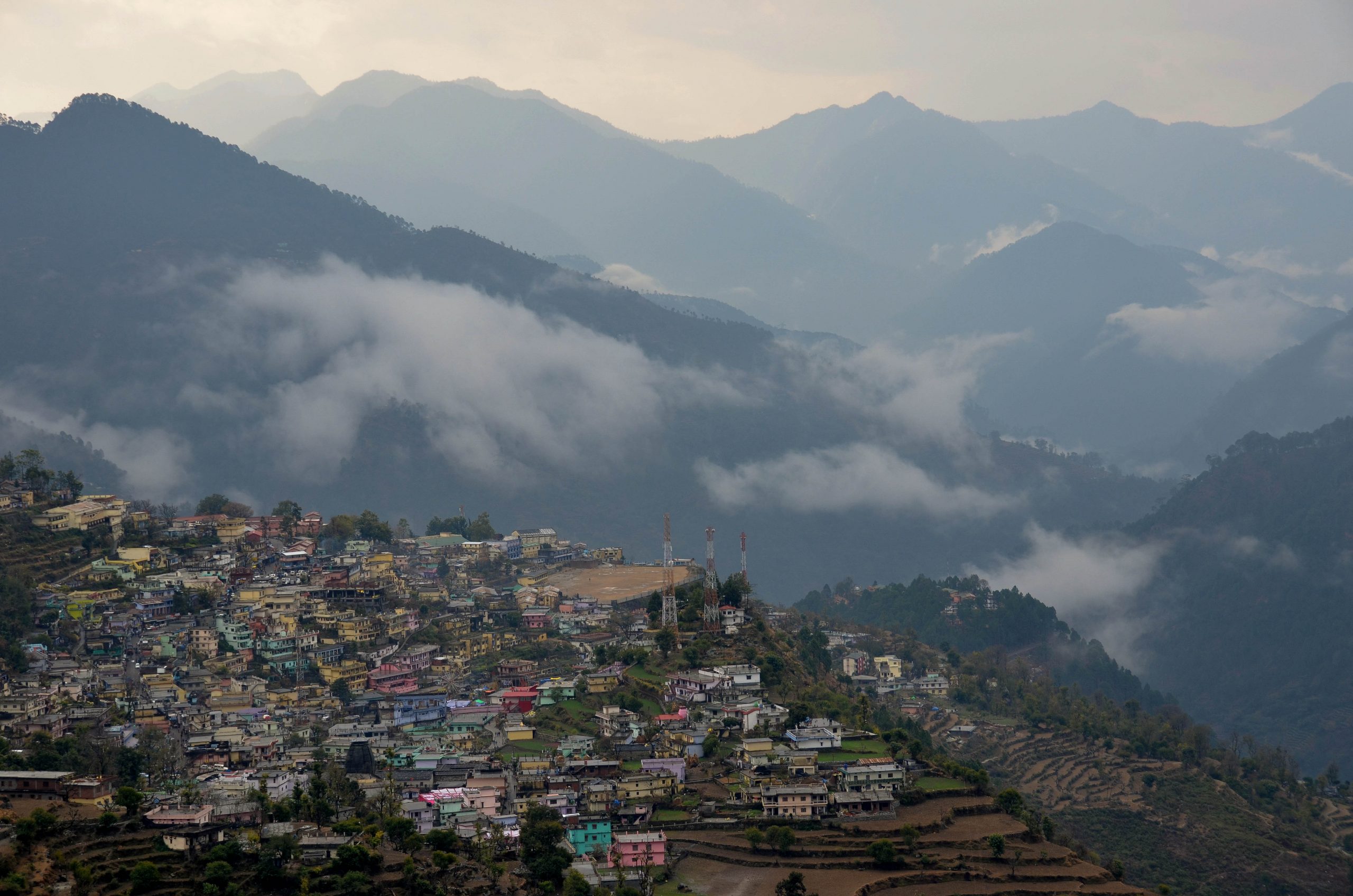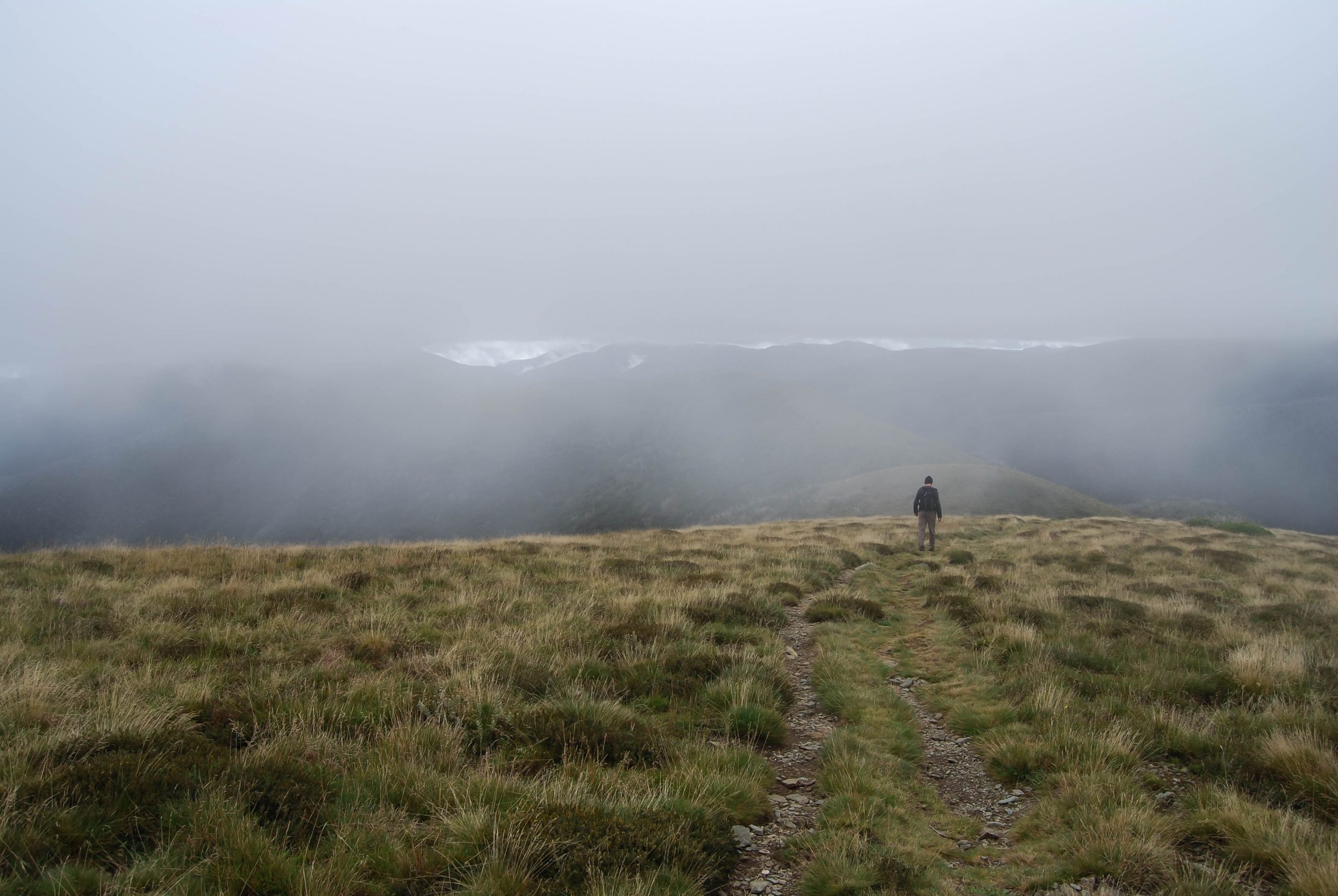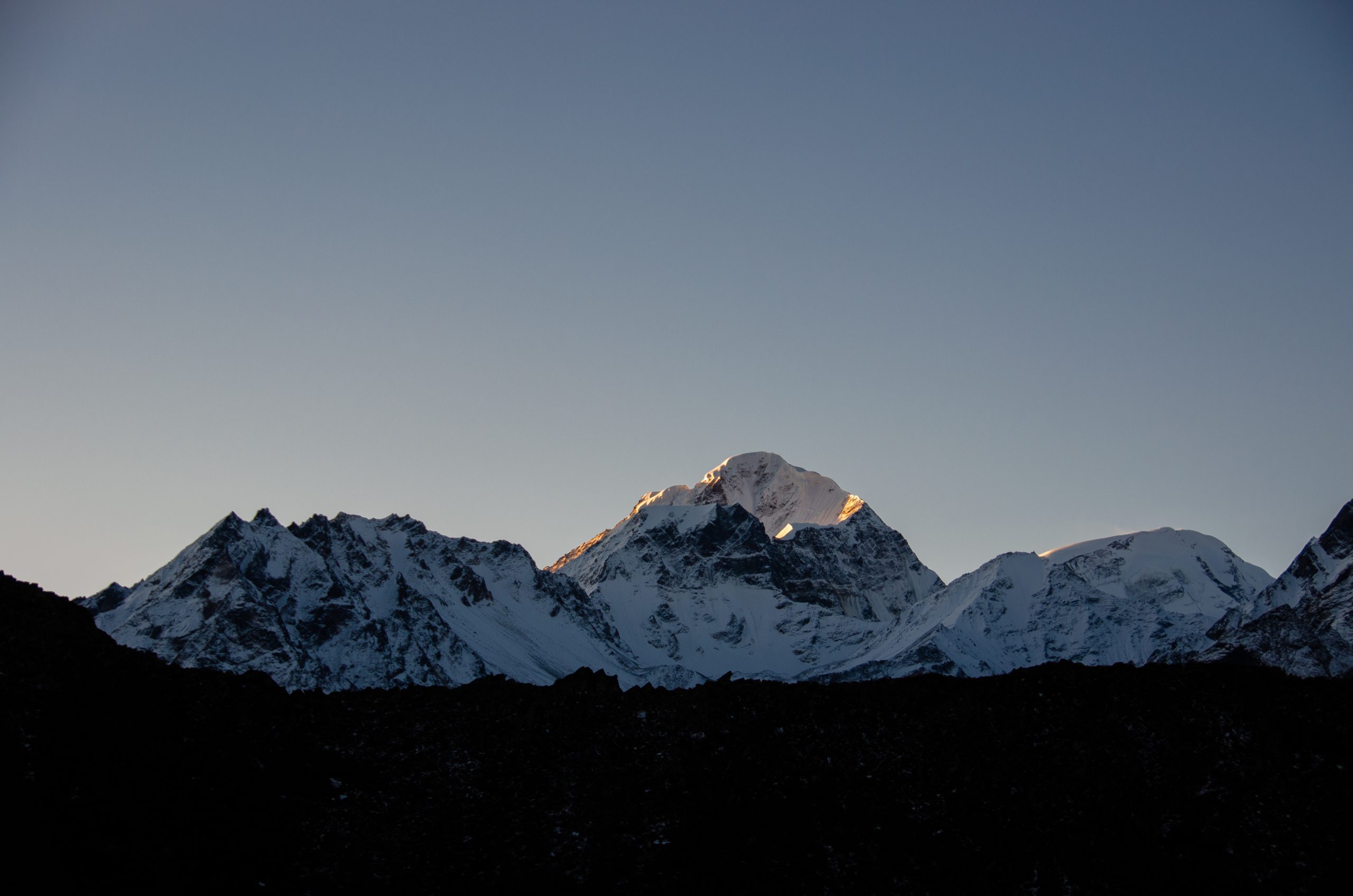
The Essence of LoST
It’s time to take a breath – to remember travel as not a series of sights, sites, experiences and places to be consumed, but as a deep engagement with place, people and ourselves. It’s time to remember to travel slowly – not slowly in terms of ‘I’m renting a villa in Tuscany for three months’, but slowly in a deeper ethical, philosophical and reflective way. A way that means we as travellers leave positive impacts locally, we contribute to the sustainability of the landscapes we travel through and beyond, and we have a deeper engagement not only with these places but with ourselves as travellers and as people being able to contribute to a greater good.
We need to (re)-imagine a form of travel that moves beyond marketing and sector understanding. We need to imagine a form of travel which occurs within landscapes, not through them.
Being able to move within landscapes rather than through them is the essence of LoST because it implies our travels are an ongoing engagement with place/places, their landscapes and their communities. This is the travel within landscapes. The way we approach travel profoundly shapes our experiences, our relationship with the places we visit, and the impact we have on them. The concept of traveling in a landscape, rather than through it, challenges the typical approach of quick, superficial sightseeing and instead encourages deep, immersive experiences that foster a stronger connection to both the environment and the people who inhabit it.
What Does This Mean?
Traveling in a landscape involves engaging with a place in its full depth and context. Instead of merely passing through as a tourist, you immerse yourself in the environment, learning about the land, its history, and its culture, while actively participating in its rhythms and flow. This means slowing down and taking the time to understand the subtle details of the environment – whether it’s a forest, a desert, or a coastal village.
This concept contrasts sharply with the idea of traveling through a landscape, where the goal is to cover as much ground as quickly as possible, often without much consideration for the place itself. When we travel this way, we tend to view it as something external to ourselves, something to be observed rather than experienced. In this mindset, places are backdrops for our experiences, and we often leave with little more than a series of photos and memories, disconnected from the environment.
The Importance of Slowing Down
At the heart of LoST is the principle of slowing down.
By slowing down, you begin to notice things that would otherwise go unnoticed: the way the light shifts over a mountain range, the changing colours of a river as it winds through a valley, or the specific patterns of local wildlife. These small moments are what make a landscape unique and meaningful. Instead of checking off landmarks or rushing to the next destination, we can forge a deeper, more intimate connection with our surroundings.
One way to achieve this is through walking, cycling or paddling. These modes of travel allow for a close engagement with the landscape, offering opportunities for unhurried reflection and a greater awareness of our surroundings. Rather than quickly moving from one spot to another in a vehicle, LoST travel encourages you to immerse yourself in the details of the terrain, the sounds and the textures of the land. This is LoST’s invitation to you – to develop a much deeper sense of place than that possible by simply passing through.
Engaging with Local Communities
The land is not an isolated entity; it is inextricably linked to the lives of the people who call it home. LoST means learning from those who have lived in it for generations. These communities possess intimate knowledge of the land – its ecosystems, its history, and its culture – and their stories provide invaluable insights into the nature of place.
Sustainability is not only about the land but also about the people who live on it. Supporting local businesses, participating in LoST initiatives and respecting cultural norms all contribute to the resilience of the communities that rely on the landscape for their livelihoods. By traveling in a way that respects the land and its people, travellers can become advocates for conservation and cultural preservation.
Finding Meaning in the Landscape
The goal of LoST is not just to see the sights but to find meaning in the landscape itself. This meaning comes from the connections made between the traveller and the environment, between the traveller and the people, and between the traveller and the history of the place.
The Role of Stories and Memory
Stories play a critical role in connecting travellers to the ecological, cultural and historical layers of the landscape. Whether it’s listening to local legends, learning about past struggles, or understanding the complex environmental history of a place, these stories deepen the sense of connection between the traveller and the landscape.
Why LoST is Important
Traveling in a landscape rather than through it is what LoST approaches are about. This form of travel offers a richer, more meaningful experience, one that fosters not only our own understandings but also a deeper sense of connection to the places we visit. By choosing to travel the LoST way, we begin to see the world not as a collection of destinations to tick off, but as a living, breathing network of stories, people and ecosystems to learn from, engage with, and protect.
You can find more information at these links: Essence of LoST, People and Place. You can also go to my socials and search #lostinslowtravel #LSTtravel #LSTcommunityresilience or #LSTpeopleandplace, or go to the Lost Experiences page and check out other categories and tags.




